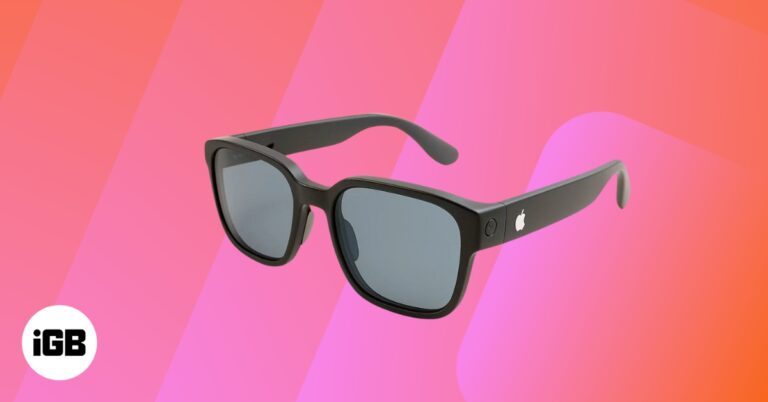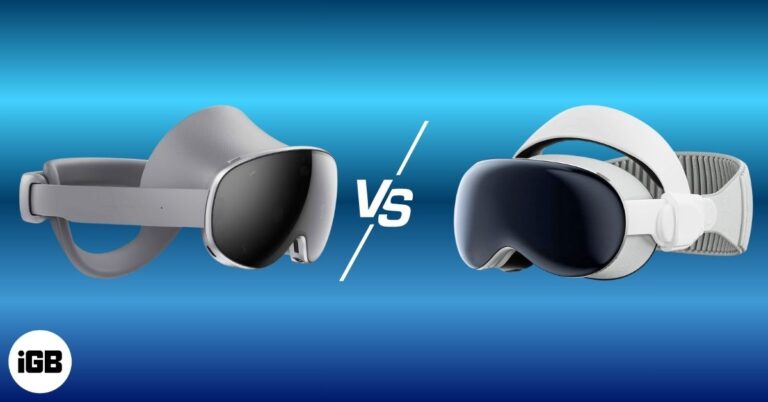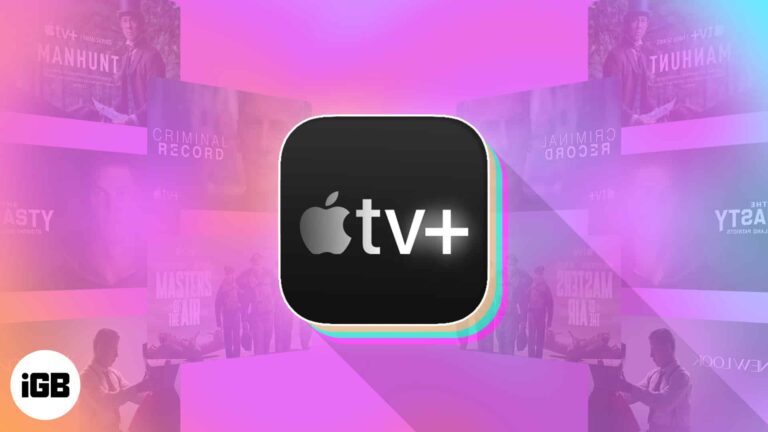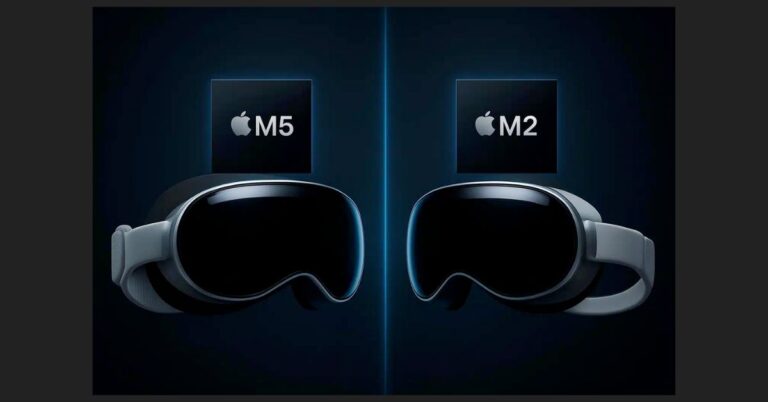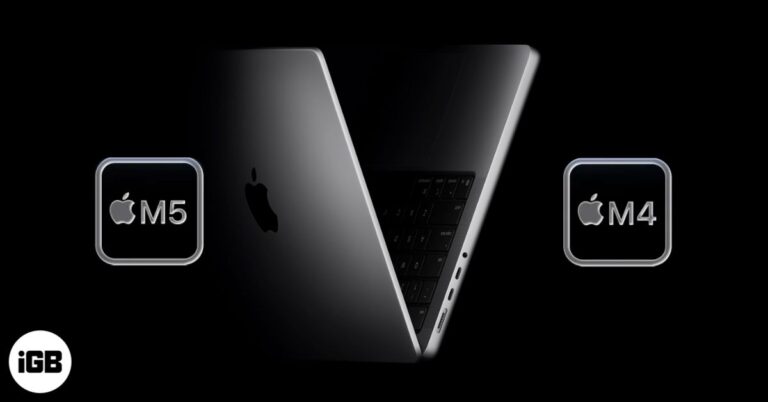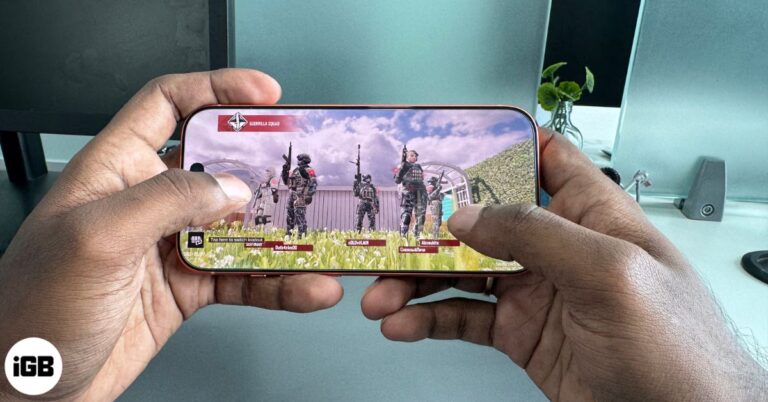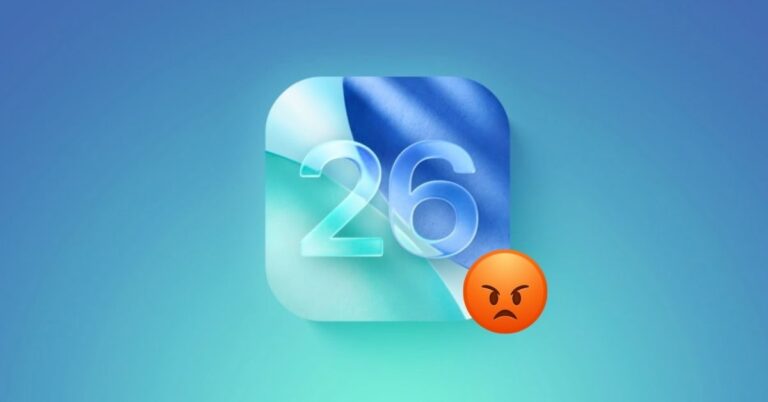Is the iPhone 16e the end of the iPhone SE series?
Why the shift from SE to 16e? Find out the reason behind it.
The introduction of the iPhone 16e marks a significant shift in Apple’s product lineup, and with it comes the question, is the iPhone 16e the end for the beloved iPhone SE series?
For years, the iPhone SE has been known for offering the iPhone experience at a much more affordable price, plus a compact design and classic features like the Home Button and Touch ID. However, with the iPhone 16e launching at a more affordable price than other iPhone 16 models, Apple seems to be moving away from the iPhone SE series.
Let’s explore what the iPhone 16e means for the future of the iPhone SE.
iPhone 16e: The new entry-level iPhone
The iPhone 16e is now Apple’s most affordable and entry-level iPhone, replacing the iPhone SE with a modern design and updated internals. Although the device still has a single rear camera like the iPhone SE, it has a 48MP Fusion camera similar to what is found on the iPhone 16.
On the design side, the iPhone 16e adopts a look closer to the now discontinued iPhone 14 instead of the iPhone 8-like design found on the iPhone SE. The device features a full-screen notch display, Face ID, Type-C port, and all the other modern components, including Apple’s first Apple Silicon C1 cellular modem chip.
Here’s a quick look at how the iPhone 16e compares to the now-discontinued iPhone SE:
| Feature | iPhone 16e | iPhone SE 2022 |
|---|---|---|
| Design | Modern, iPhone 14 style | Classic, iPhone 8 style |
| Display | 6.1-inch OLED | 4.7-inch LCD |
| Authentication | Face ID | Touch ID (Home Button) |
| Chipset | A18 (4-core GPU) | A15 Bionic |
| Camera | 48MP rear, 12MP front | 12MP rear, 7MP front |
| Charging speed | 20W wired | 20W wired |
| Price | Starts at $599 | Starts at $429 |
Why is Apple discounting the iPhone SE?
Apple’s decision to discontinue the iPhone SE primarily reflects its strategy to unify the design language across its iPhone lineup and get rid of the hardware most users consider old. Here are a few key reasons behind this shift:
- Modernizing the lineup: The bezels, the Home Button, and the Touch ID on the iPhone SE represent the classic era of the iPhone, which is now long lost on standard iPhone models. By replacing the iPhone SE with the iPhone 16e, which has Face ID and a larger display with slim bezels, Apple seems to focus on a consistent and modern product lineup.
- Premium pricing strategy: Apple launched the iPhone 16e at $599, and with this move, gone are the days of the sub-$500 iPhone SE from Apple’s product lineup. The Cupertino tech giant has always focused on premiumization, and the iPhone SE in today’s time will be the opposite of premium iPhones.
- Simplified product range: People want value for their money, which means the older design and components hold less value to them as they are not on par with what is standard today. So, by replacing the iPhone SE with the iPhone 16e, Apple has let go of the Touch ID, LCD screens, sub-6-inch displays, and most importantly, the Lightning connector. This move streamlines their product range, making it easier for consumers to choose the right model.
Is there a future for the iPhone SE?
Given the launch of the iPhone 16e and considering there’s absolutely no rumor about the iPhone SE floating online, the future of the iPhone SE looks uncertain. It is most likely that Apple won’t be revisiting the SE lineup in its current lineup; the future affordable iPhones will follow the “e” branding similar to the iPhone 16e. Apple’s “e” branding on the iPhone 16 can be considered a mix of affordability and modern features; conversely, the “SE” branding was about affordability and classic design.
However, as Apple has yet to announce that there won’t be any iPhone SE now, there is a ray of hope for those users who prefer the compact form factor and Touch ID. For now, the iPhone 16e is the only affordable option Apple sells.
What does the end of the iPhone SE mean for consumers?
Although the end of the iPhone SE and the introduction of the iPhone 16e will mostly positively impact the consumer, some consumers will always hope for the iPhone SE to make a comeback. Here’s what no iPhone SE means for consumers:
- Higher entry price: Consumers now need to spend $599 for the entry-level iPhone, which is way more than the $429 price point of the iPhone SE.
- Modern features: While the iPhone SE was more affordable, it lacked modern features. Consumers now get a larger OLED panel, Face ID, and better camera hardware.
- No compact option: First, the iPhone mini-series and now the iPhone SE, fans of compact iPhones have no option to turn to, as the 6.1-inch display appears to be the new compact.
Farewell, iPhone SE…
Most users won’t like this fact, but the iPhone 16e is not just another affordable iPhone model; it serves as the end of the beloved iPhone SE. Apple’s decision to let go of its most affordable iPhone models represents the shift and commitment to a more cohesive and premium product lineup. This makes the iPhone 16e Apple’s new starting point for anyone looking to experience the iPhone ecosystem without breaking the bank.
Would you miss the iPhone SE, or is the iPhone 16e an upgrade worth embracing? Do share your thoughts in the comments.
You might also like:
- iPhone 16e vs. iPhone 16: All the differences explained
- The iPhone 16e is missing these 10 features
- Download the official iPhone 16e wallpapers here
- Best iPhone 16e cases for drop protection and everyday use!
- 7 reasons you might want to skip the iPhone 16e





